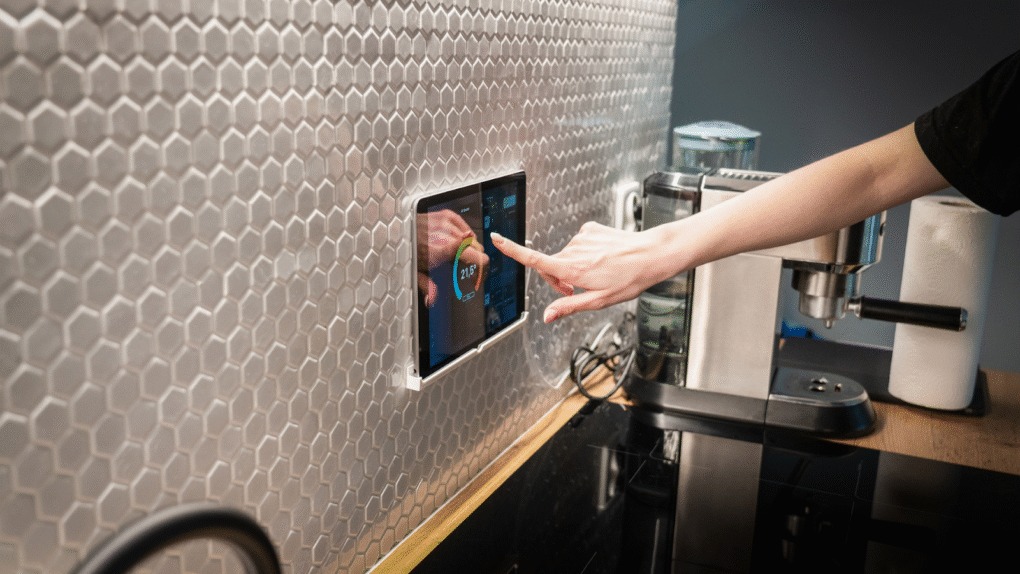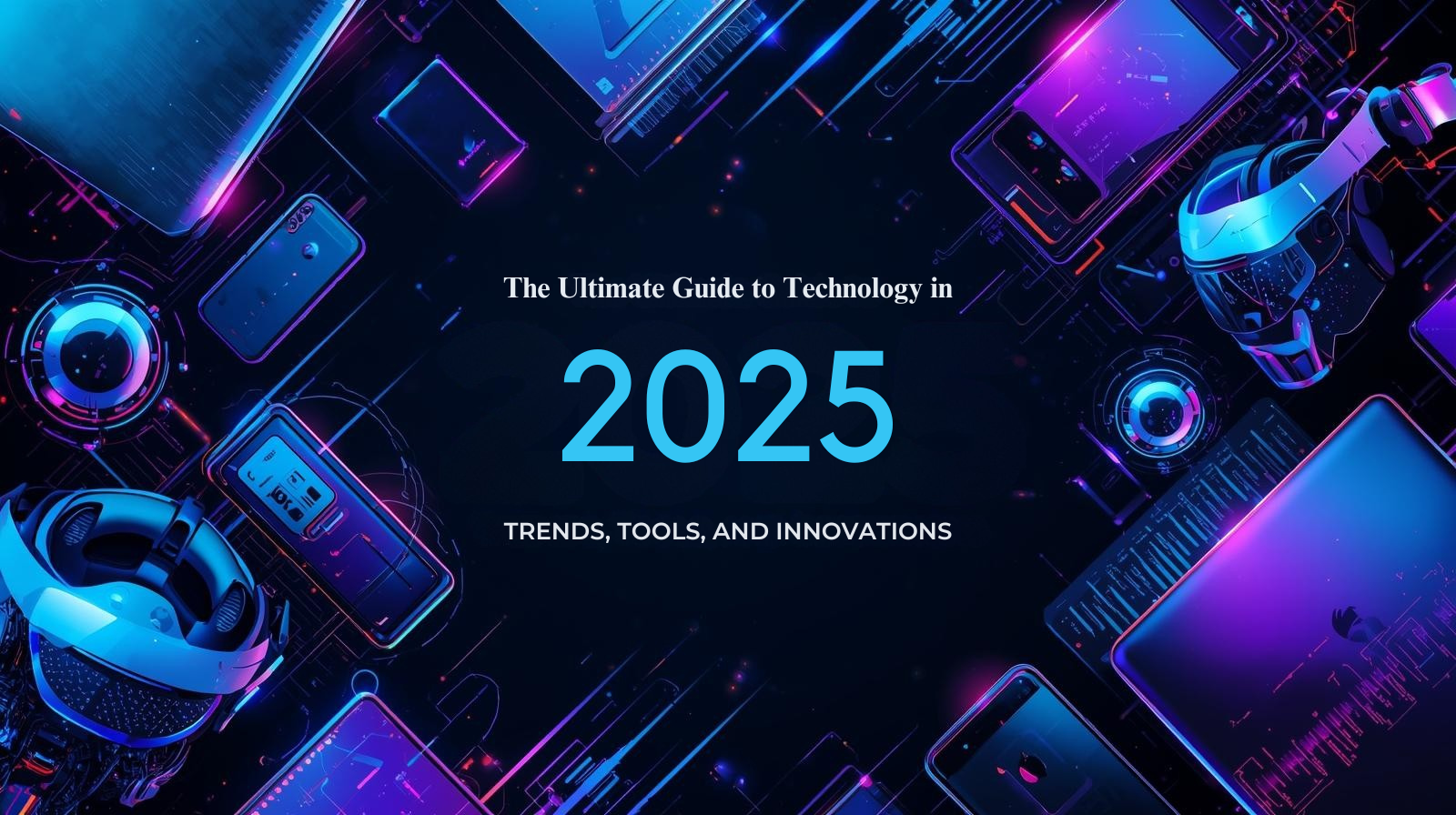Fashion
7 min read
The Future of Fashion: How Technology, AI & Sustainability Are Changing Style
October 25 , 2025
By Lillian Ashbaugh

Fashion no longer depends on fabric alone; it now lives at the intersection of creativity, technology, and sustainability. In 2025, designers, brands, and consumers use digital tools, AI design systems, and eco-friendly methods to reinvent what style means.
The future of fashion focuses on innovation from AI-driven designs and virtual try-ons to biodegradable materials and ethical production. Every stitch, color, and pattern now carries purpose, data, and creativity together. Let’s explore how the fashion world is transforming and how these changes will shape what we wear, how we shop, and how we express identity in the coming decade.
The Digital Revolution in Fashion
Technology now leads the fashion industry. Every stage of design, production, marketing, and retail has adopted digital solutions.
a. 3D Design and Digital Prototyping
Designers use 3D modeling software to create virtual garments before production. Tools like CLO 3D and Browzwear allow designers to test fit, movement, and fabric flow digitally.
This innovation saves fabric, reduces waste, and shortens design time drastically.
Active Example: Brands like Adidas and Burberry use 3D visualization to preview new collections before sewing a single stitch.
b. Virtual Fashion Shows
During and after the pandemic, fashion houses turned to virtual runways. Now, immersive shows use Augmented Reality (AR) and Metaverse platforms to present collections globally.
Example: Balenciaga launched digital fashion shows inside gaming environments, letting viewers experience garments in 3D worlds.
Result: Fashion has become borderless and accessible. Anyone with internet access can now attend front-row experiences.
AI in Fashion: When Creativity Meets Data
Artificial Intelligence has become fashion’s most powerful assistant. It doesn’t replace creativity; it enhances it.
a. AI in Design
AI analyzes data from global trends, consumer preferences, and social media. It predicts color palettes, patterns, and silhouettes that customers will love next season.
Example: H&M uses AI tools to forecast demand and reduce overproduction. Designers now use AI co-creators to brainstorm mood boards, sketch ideas, and generate fabric patterns.
b. AI in Personal Styling
AI stylists now customize fashion for individuals. Apps like Stitch Fix and The Yes analyze body type, skin tone, and style preferences to suggest perfectly matched outfits.
Active Benefit: You save time and always wear clothes that suit your unique taste and lifestyle.
c. AI in Marketing and Trend Analysis
Fashion marketers now use AI to scan millions of posts and videos to identify viral looks. It helps brands respond faster to emerging micro-trends before competitors.
Impact: The fashion industry now creates smarter, more efficient, and more personalized experiences than ever before.
Sustainability: The Heart of the New Fashion Movement
Fashion once followed speed; now it follows responsibility.
Fast fashion created waste, exploited labor, and harmed the environment. The future reverses that.
a. Sustainable Materials
Brands now invest in bio-based and recycled fabrics like:
Organic cotton and hemp
Tencel is made from wood pulp
Econyl is created from ocean plastic
Mylo leather derived from mushrooms
These innovations prove that fashion can be stylish and sustainable.
b. Circular Fashion
The future promotes reuse, repair, and recycling. Thrifting, renting, and upcycling define modern wardrobes.
Example: Brands like Patagonia and Levi’s offer repair programs to extend product life.
c. Ethical Production
Consumers now demand transparency. Brands use blockchain and digital tags to track where and how clothes are made.
Active Example: Stella McCartney uses traceable supply chains and cruelty-free materials, setting a global standard for ethical luxury.
Future Vision: Sustainability is no longer a marketing trend; it’s the foundation of fashion’s survival.
The Rise of Virtual Fashion & Metaverse Style
Fashion is moving beyond physical garments. Digital fashion now exists purely as code designed, sold, and worn online.
a. Virtual Clothing
Brands design digital outfits for avatars in games, metaverse platforms, and social media filters. These outfits require no fabric, no shipping, and zero waste.
Example: The Fabricant, a digital fashion house, sold a virtual dress for $9,500, proving digital fashion holds real value.
b. NFTs and Fashion Ownership
NFTs allow digital clothing to have ownership proof. This system prevents copying and helps designers sell exclusive virtual pieces.
Example: Gucci’s “Vault” project and Dolce & Gabbana’s NFT collections combine art, luxury, and technology.
c. AR Try-Ons
Augmented Reality allows people to “try” clothes using their phone cameras. Retailers like Zara and ASOS already use AR mirrors for in-store experiences.
Result: Fashion becomes immersive, sustainable, and border-free, connecting creativity with digital innovation.
Smart Fabrics & Wearable Technology
Fashion and technology now merge at the material level. Smart fabrics and wearable tech redefine what clothes can do.
a. Interactive Clothing
Designers now create clothing that monitors health, adjusts temperature, or changes color.
For example, jackets with built-in sensors track heart rate or adjust warmth automatically.
Example: Levi’s x Google’s Jacquard Jacket allows users to control their phone through fabric gestures.
b. Self-Cleaning and Energy-Storing Fabrics
Scientists develop fabrics that clean themselves through sunlight or store solar energy to charge devices.
Result: Clothes no longer just look good, they perform.
Impact: Smart fashion transforms style into a tool blending aesthetics with real-life utility.
Diversity and Inclusivity Fashion for Everyone
The future of fashion celebrates every body, every culture, and every identity.
a. Body Positivity
Brands now create collections for all body types. Inclusive sizing and adaptive fashion empower everyone to express themselves confidently.
Example: Rihanna’s Savage x Fenty revolutionized lingerie by featuring models of all sizes and skin tones.
b. Cultural Representation
Designers draw inspiration from global traditions, African prints, South Asian embroidery, and Middle Eastern drapes, but with respect and collaboration.
c. Gender-Fluid Fashion
Modern fashion breaks gender barriers. Designers like Harris Reed and Thom Browne promote genderless collections that celebrate individuality over labels.
Result: Fashion finally reflects the world’s true diversity, not just one image of beauty.
Data-Driven Fashion Retail: Smarter Shopping Experiences
Shopping has evolved into a high-tech, personalized experience.
a. AI-Powered Shopping
Online stores now use AI chatbots to recommend styles in real time. Platforms track browsing behavior to suggest products you actually like.
b. Virtual Fitting Rooms
3D body scanning and AR mirrors help customers try on clothes digitally. This reduces returns and enhances confidence in purchases.
c. Blockchain and Transparency
Consumers now scan digital tags to see a product’s full journey from fabric sourcing to delivery.
Example: Louis Vuitton uses blockchain to authenticate luxury goods and prevent counterfeits.
Future of Retail: You won’t just buy clothes you’ll experience them digitally before they exist physically.
How AI Shapes Fashion Marketing & Trend Prediction
Fashion now runs on algorithms. AI studies social trends, influencers, and search patterns to predict what people will wear next.
a. Predictive Analytics
Brands analyze billions of data points from Instagram, TikTok, and Google searches. AI identifies emerging styles before they go viral.
b. Personalization
AI delivers customized ads based on your taste. When you scroll, the system already knows your favorite color, cut, and vibe.
c. Smart Inventory Management
AI predicts demand accurately, helping brands produce only what customers will buy, reducing waste.
Result: Data makes fashion faster, smarter, and eco-friendly without losing creativity.
The Human Touch: Why Creativity Still Matters
Even in an AI-driven world, human creativity remains irreplaceable. Machines can analyze patterns, but they can’t feel emotions or culture.
Designers continue to shape the industry with emotion, storytelling, and artistic instinct. AI assists, but creativity leads.
Example: Designers like Iris van Herpen combine 3D printing with couture craftsmanship, proving that technology amplifies art, not replaces it.
Message: The future belongs to creators who merge innovation with imagination.
Conclusion: The Future of Fashion Is Intelligent, Inclusive & Infinite
Fashion’s future combines AI intelligence, sustainability, and human creativity. Clothes will tell stories, track data, and respect the planet. Designers will create experiences, not just outfits. Consumers will shop consciously, not impulsively.
Technology makes fashion smarter. Sustainability makes it kinder. But individual expression keeps it alive. The next decade of fashion won’t just change how we dress, it will change how we live, connect, and create. Because in the future, style isn’t just what you wear, it’s who you choose to become.
live smarter
Shop smarter, live better, and stay ahead of the trends with our reliable recommendations!

Home and Decor
5 min read
Ultimate Home & Decor Guide: Transform Your Space with Style and Functionality

Gadgets and Tech
6 min read
2025's Top Smart Home Gadgets: Transform Your House into a Connected Haven

Gadgets and Tech
5 min read
The Ultimate Guide to Technology in 2025: Trends, Tools, and Innovations

Fitness and Sports
6 min read
The Ultimate Guide to Fitness & Sports: Build a Healthy and Active Lifestyle
trending
Fashion
7 min read
How to Dress Up for a TED Talk on History
Fashion
7 min read
5 Effective Strategies to Dress Up Efficiently for a TV Interview
Fashion
8 min read
Confidence: The foundation of Real Fashion
Fashion
6 min read
5 Must-Have Fashion Essentials for Every Wardrobe in 2025
Fashion
6 min read


